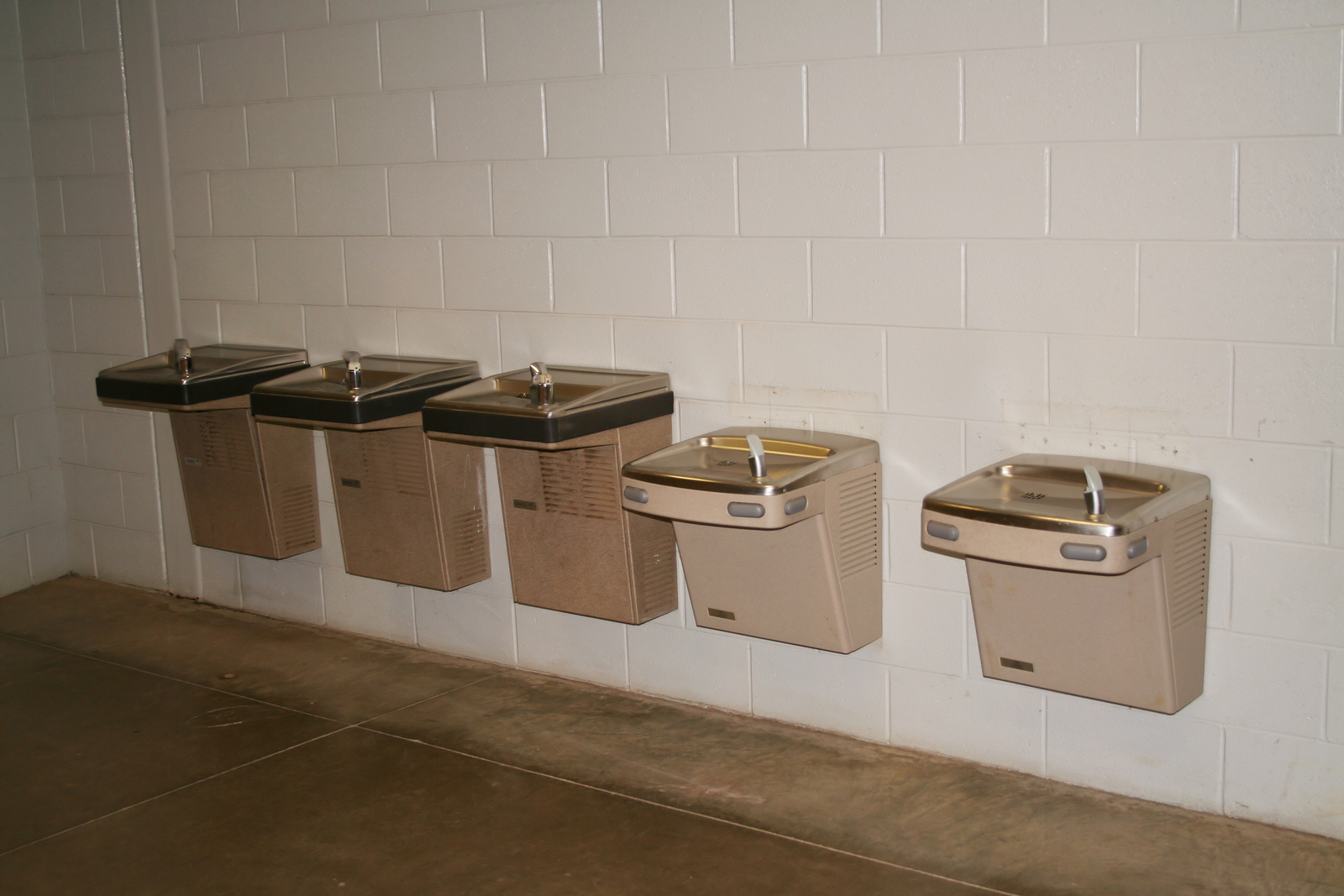
No amount of lead exposure at any age or any level, including lead in drinking water, is considered to be safe. Lead is a hazard especially to the youngest and most vulnerable children as well as to pregnant women. Lead levels in drinking water are regulated in many ways in the United States but primarily by the Environmental Protection Agency and at an “Action Level” [AL] of 15 ppb [parts per billion of lead in the drinking water]. This level is considered too high by most medical experts and even the World Health Organization’s [WHO] lower standard of 10 ppb is considered to high.
Lead in Water Information, Data & Reports
In children, long-term exposure to lead, even at very low levels, is associated with many problems including lower IQ, learning disabilities [e.g. hyperactivity/attention deficit disorders, and other chronic health effects. Just for reference:
- The current EPA level is 15 ppb
- The current World Health Organization Level is 10 ppb
- The level permitted to be present in the bottled water we drink is 5 ppb
- The American Academy of Pediatrics [and other public health and medical authorities] believe the level should be 1 ppb or less [Washington DC just passed an ordinance requiring a 1 ppb standard for lead in drinking water for all DC public schools].
The Philadelphia School District collected about 40,000 samples for lead in water from drinking water outlets between about 1999-2010. At the time the Action Level standard was 20 ppb. Any drinking water outlet with a result of greater than 20 ppb was removed from use and was permanently taken out of service or else replaced and retested.
No further testing was conducted by the SDP until public advocates, along with Philadelphia City Council representatives requested such testing be done following the Flint, Michigan situation with elevated lead in water levels being found. In 2016 and 2017, the SDP tested outlets in schools and finally agreed to implement a standard of 10 ppb [other than the new Washington DC level the most protective currently being enforced in school districts around the country].
Test results indicated that about 7% of outlets were above the 10 ppb AL in schools with some levels as high as 1000 ppb or 100x the Action Level.
In addition to data and links to the District’s results, we have also included reports, guidelines and approaches of relevance to help facilitate public understanding and to foster public input and engagement in further addressing and controlling this hazard.